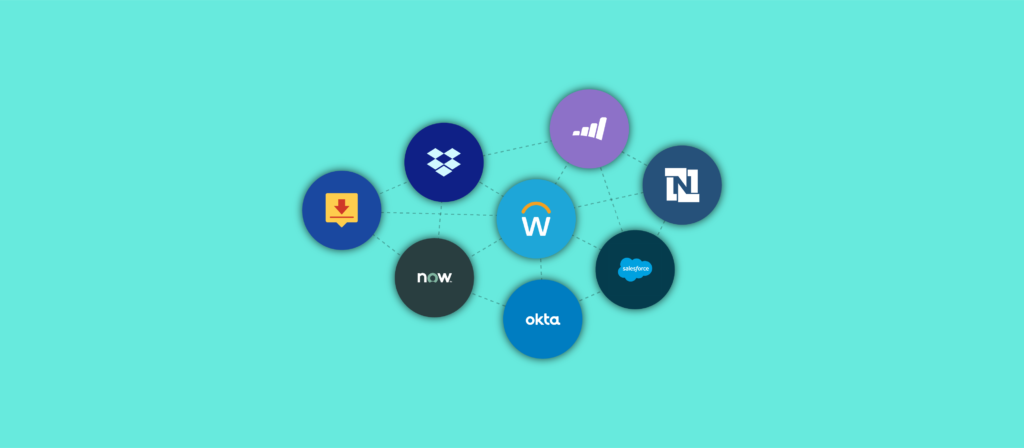Introduction: The Power Behind Seamless Digital Connections
In an increasingly interconnected digital world, businesses rely on a multitude of software applications to run their operations, engage customers, and innovate. But these applications rarely function in isolation. The magic that enables data to flow smoothly between different platforms and services is known as API integration.
API integration allows software systems to communicate with each other, exchange data, and work together efficiently. Whether you’re syncing customer information across a CRM and marketing platform or enabling payment processing in an e-commerce site, APIs are the backbone of modern software connectivity.
This blog will provide a comprehensive introduction to API integration—exploring what it is, how it works, its benefits, common use cases, and how companies like Scale AI support the AI-driven integration landscape.
What is API Integration?
API, or Application Programming Interface, is a set of rules and protocols that allows different software applications to interact with one another. API integration is the process of connecting two or more systems via their APIs, enabling them to share data and functionality automatically without manual intervention.
Instead of users having to transfer data manually or operate multiple systems separately, API integration creates a bridge that allows seamless communication. This integration can range from simple data retrieval to complex multi-step workflows spanning various platforms.
How Does API Integration Work?
At its core, API integration involves using predefined API endpoints provided by software systems. These endpoints allow one application to send requests for data or actions and receive responses.
For example, an online retailer’s website might call the API of a payment gateway to process a customer’s credit card transaction. When a customer clicks “pay,” the website sends a request via the payment API, receives confirmation, and updates the order status—all without manual input.
Developers build these connections by writing code that authenticates, sends requests, handles responses, and manages errors. Integration platforms and middleware tools can simplify this by offering visual interfaces and prebuilt connectors.
Benefits of API Integration
API integration offers numerous advantages. It automates workflows, reducing manual data entry and the risk of human error. Real-time data synchronization ensures consistency across systems, providing up-to-date information for decision-making.
It also enhances scalability and flexibility, allowing businesses to easily add new applications or services without disrupting existing workflows. APIs enable innovation by allowing companies to leverage best-in-class solutions and build custom combinations tailored to their needs.
Furthermore, by automating processes and improving data accuracy, API integration helps improve customer experiences through faster service, personalized interactions, and fewer mistakes.
Common Use Cases and Industries
API integration is ubiquitous across industries. In e-commerce, APIs connect storefronts to inventory management, shipping providers, and payment processors. In finance, APIs facilitate secure data exchange between banks, accounting software, and fraud detection systems.
Healthcare organizations use APIs to connect electronic health records (EHR) with billing and scheduling systems, improving patient care coordination. Marketing teams rely on API integrations to synchronize data between CRM platforms, email marketing tools, and analytics dashboards.
With the rise of AI and machine learning, API integration also plays a critical role in enabling intelligent automation—connecting AI models to operational systems for predictive insights and real-time decision-making.
Scale AI’s Role in API-Driven Automation
To fully harness AI’s potential in integration workflows, high-quality data is essential. This is where Scale AI excels. By providing expertly labeled and structured data, Scale AI empowers organizations to train and deploy AI models that enhance automated decision-making within integrated systems.
Whether it’s natural language processing, image recognition, or predictive analytics, Scale AI’s datasets fuel smarter integrations that not only connect systems but also add intelligence to workflows.
Conclusion: API Integration as a Foundation for Digital Innovation
API integration is the invisible thread that ties together modern software ecosystems. It enables businesses to automate complex workflows, enhance operational efficiency, and deliver superior customer experiences. As organizations continue to embrace digital transformation, mastering API integration becomes critical.
With the right expertise, tools, and partners like Scale AI, companies can build robust, intelligent integrations that support innovation, agility, and growth. In essence, API integration is not just about connecting systems—it’s about unlocking the full potential of technology to drive business success.

